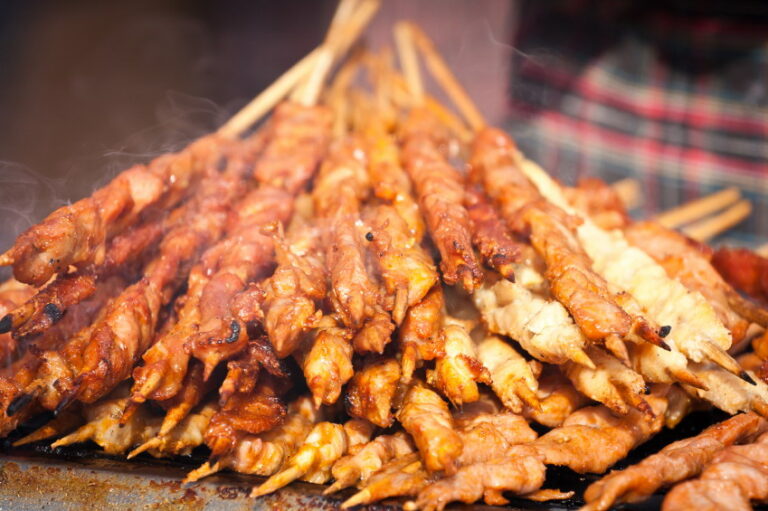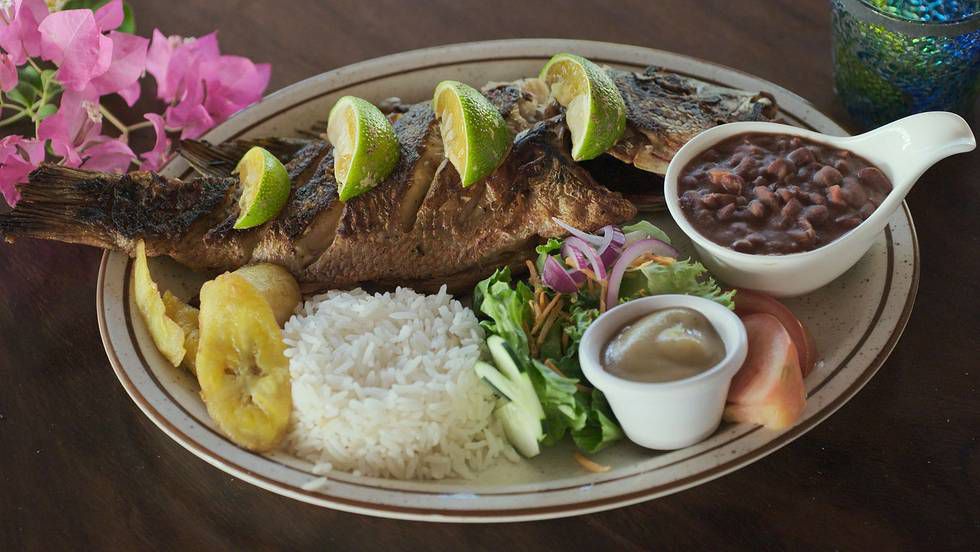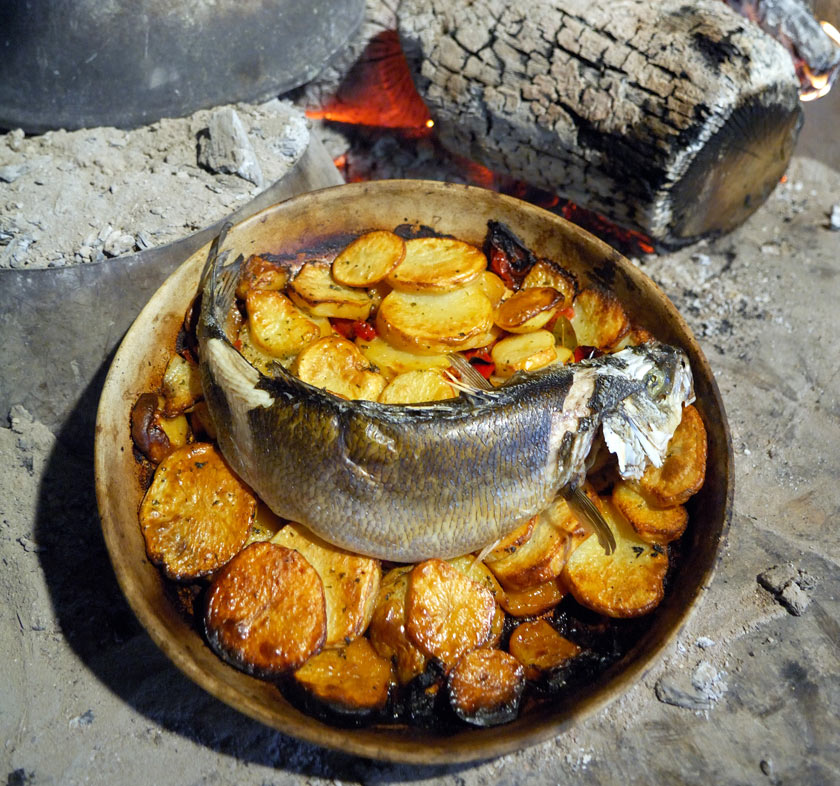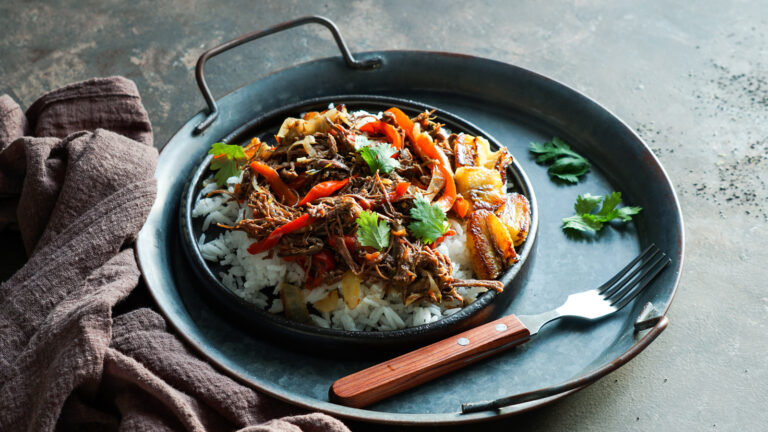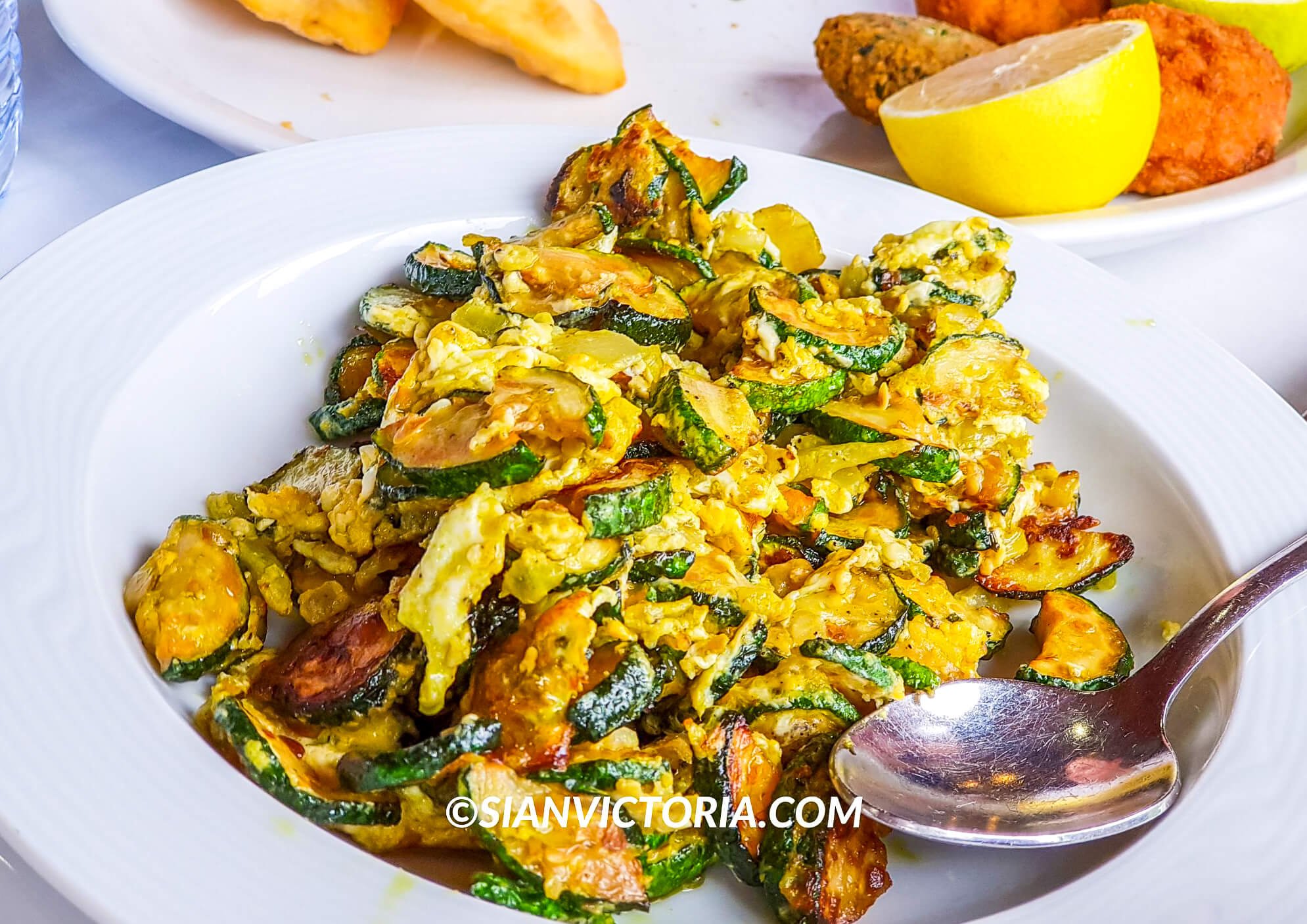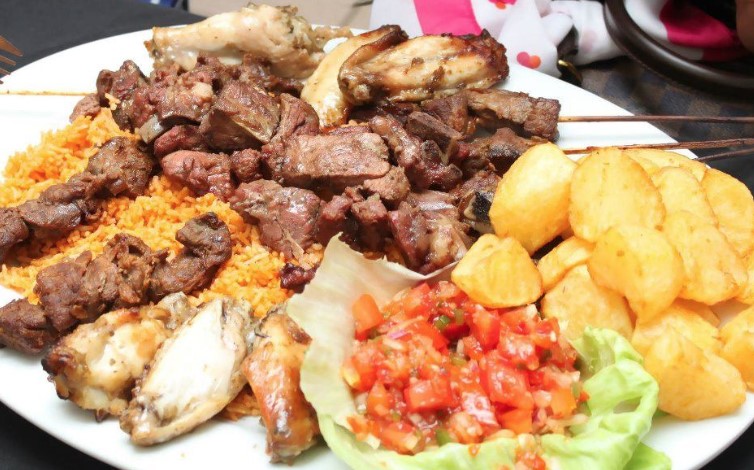Introduction: Chinese cuisine and plant-based diets
Chinese cuisine is well-known for its flavorful dishes and varied ingredients. However, for those following a vegetarian or vegan diet, finding suitable options in Chinese cuisine can be challenging, as many traditional dishes contain meat or animal-based ingredients. Fortunately, there are numerous vegetarian and vegan options available in Chinese cuisine, allowing plant-based eaters to enjoy the flavors of this cuisine.
The origins of vegetarian and vegan dishes in China
Vegetarian and vegan dishes have a long history in Chinese cuisine, dating back to the ancient Chinese philosophical schools of Taoism and Buddhism, which promoted a plant-based diet for spiritual and ethical reasons. The vegetarian and vegan dishes created by these schools were not only delicious but also healthy and nutritious. Over time, these dishes spread throughout China, with many regional variations and specialties developing along the way.
Common ingredients used in vegetarian and vegan Chinese dishes
Chinese cuisine is known for its use of a wide range of ingredients, including vegetables, fruits, grains, nuts, and seeds. Common ingredients used in vegetarian and vegan Chinese dishes include tofu, mushrooms, seaweed, bamboo shoots, lotus root, eggplant, green beans, and a variety of leafy greens. Spices and seasonings such as ginger, garlic, sesame oil, soy sauce, and vinegar are also commonly used to add flavor to plant-based dishes.
Vegetarian and vegan options in popular Chinese dishes
Many popular Chinese dishes can be made vegetarian or vegan by substituting meat or animal-based ingredients with plant-based alternatives. For example, Kung Pao chicken can be made with tofu instead of chicken, and Mapo tofu can be made with soy mince instead of pork. Other popular vegetarian and vegan Chinese dishes include vegetable stir-fries, hot and sour soup, spring rolls, and vegetable dumplings.
Regional specialties for plant-based eaters in China
China is a vast country with many regional cuisines, each with its own specialties. Some regions, such as Sichuan and Hunan, are known for their spicy and flavorful dishes, while others, such as Guangdong and Fujian, are known for their seafood and vegetable-based dishes. Vegetarian and vegan eaters can find a range of options in each region, from spicy hot pot in Sichuan to steamed vegetable dumplings in Guangdong.
Tips for ordering vegetarian or vegan food in Chinese restaurants
When ordering vegetarian or vegan food in Chinese restaurants, it’s important to communicate your dietary requirements clearly to the server or chef. One useful phrase to remember is “wo chi su” (我吃素), which means “I (only) eat vegetarian food.” It’s also helpful to ask about the ingredients and cooking methods used in dishes, as some dishes may contain animal-based ingredients such as fish sauce or oyster sauce.
Vegan-friendly Chinese condiments and sauces
Many Chinese condiments and sauces are vegan-friendly, including soy sauce, hoisin sauce, black bean sauce, and chili paste. However, some condiments and sauces may contain animal-based ingredients, such as oyster sauce or fish sauce. It’s important to read the labels or ask the staff about the ingredients used in condiments and sauces before using them.
Conclusion: Embracing plant-based Chinese cuisine
In conclusion, there are numerous vegetarian and vegan options available in Chinese cuisine, with many delicious and healthy dishes to choose from. By exploring the numerous plant-based options available in Chinese cuisine, we can not only enjoy the flavors of this cuisine but also support a sustainable and ethical approach to food.

